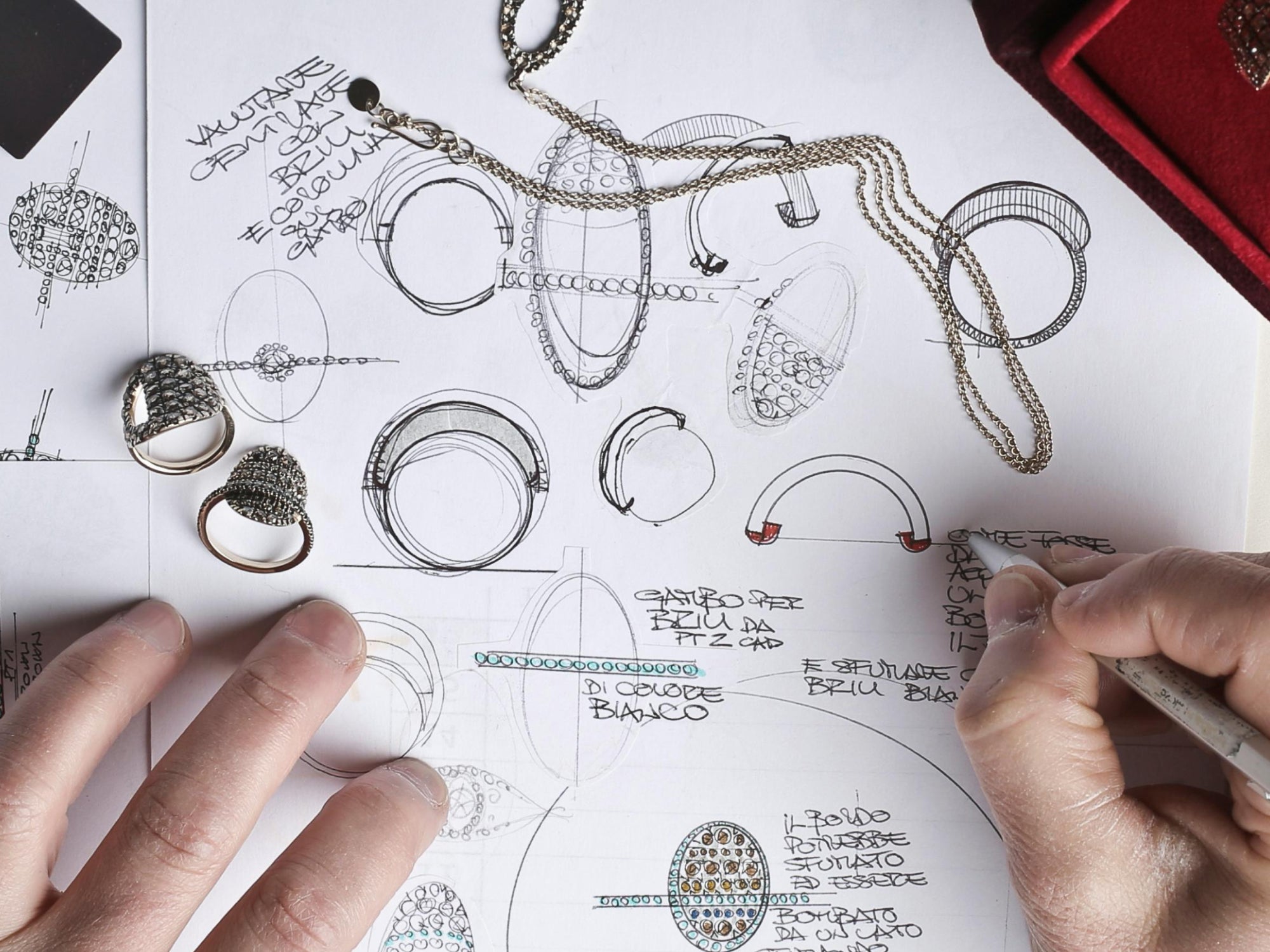Silver jewelry in India is deeply rooted within the country's cultural, social, and economic set-up. It is not just an adornment but a symbol of traditions that are deep, spiritual, and high in artistry. Read on as we discuss the many connotations of silver jewelry in India.
The interwoven designs and varied usages of silver jewelry reflect the diversification existing in the cultural fabric of India, where most of the pieces tell their own story. Silver jewelry in India has manifold connotations, and this article examines the historical significance, cultural symbolism, and relevance of silver jewelry in today's times.
-
Historical Significance
The history of silver jewelry in India can be traced back as far as civilization itself. Archaeological findings belonging to the Indus Valley Civilization around 3300–1300 BCE reveal its use in ornamentals, throwing light on its value and use from ancient times. In the olden times in India, silver was the next most crucial metal after gold.
The royalty and wealthy class employed it in a wide range to symbolize status and wealth. There was historical importance due to its trade value as well. India, along with many merchants coming from further abroad, was an essential center for trading silver. The strength and malleability made it highly suited for producing extremely detailed jewelry that would stay intact for centuries.
-
Social Implications
The wearing of silver jewelry plays many cultural and religious roles in Indian society. It is a symbol of purity and auspiciousness that it bestows on people during rituals or ceremonies. People exchange items made of silver during various festivals, especially Diwali and weddings, to send blessings and good luck. Silver jewelry is a part of the bride's ornamentation in most regions.
This is exemplified through the heavy silver anklets, toe rings, and bracelets brides wear in Rajasthan and Gujarat. Not only are these ornaments decorative, but they are also laden with symbolic meaning. For example, anklets and toe rings are said to invoke fertility and marital bliss. Besides, silver jewelry is also believed to be protective. Many communities strongly believe that silver has the power to keep away evil spirits and negative energy. This belief is manifest in the tradition of wearing newborns with silver anklets and bracelets, to help ensure that the child is protected.
-
Silver Ornaments: Regional Variations
The wide geographical diversity of India is reflected in the regional variations of silver jewelry. With each state and community having its unique styles and motifs, quite often inspired by local flora, fauna, and folklore.
In Rajasthan, the classic silver jewelry is chunky and bold, characterized by its tribal aesthetics. The "Borla" and "handle," pieces adorned in such styles, come with intricate patterns and fantastic color palettes that depict an artistic heritage in the region. Now, on the other hand, silver jewelry from Tamil Nadu is softer and more delicate in its design. The designs of these "kolusu" and "metti" are relatively simple yet rich in cultural depth, typically signifying the social status and marriage of a person.
-
Artistic Expression
Silver jewelry in India is, indeed, proof of the excellent craftsmanship attributed to the country. Most of the artisans here have inherited skills passed down through generations and built masterpieces that reflect both beauty and meaning.
Techniques like "filigree" (intricate metalwork) and "kundan" (setting stones) are used to make silver jewelry charming. Craftsmanship in silver jewelry has also expanded to its functional usage. Items such as "kamarbandh" (waist belt) and "bajubandh" (armlet) aren't just mere pieces of ornamentation; they serve a function. For instance, the kamarbandh is used for supporting the sari's folded fabric to make it comfortable to wear and add a little bit of graceful touch to the attire.
-
Economic Significance
Besides its cultural and artistic value, silver jewelry is of great economic importance in India. The silver jewelry business had millions of craftspeople, traders, and sellers. It is a critical export product that contributes positively to the country's economy.
Besides, silver jewelry is seen as an essential means of financial security for most Indian families. Most of this jewelry is bought for security purposes, with its value ever rising. In rural India, too, silver jewelry acts as a source of credit and is valued for the same reason. This adds to the concept of silver being a physical wealth.
-
Contemporary relevance
In modern India also the art of making silver jewelry has seen a change as new-age designers are reshaping the old, earthy designs to suit urban tastes. The state's young designers are trying out a blend of styles that appeals to the urban population at large.
Silver jewelry is being taken over by pieces that use modern sensibility alongside ancient motifs. Not only is it economical compared to gold, but with its versatility, it's the most sought-after metal for daily use in general life. Silver jewelry also became a new trend, with the younger generation looking at it as a fashion statement. In fact, not only regarding ethnic outfits, but silver jewelry is now a must-have for fashionistas who team it up with Western wear as well.
Sustainability and ethical fashion have been two of the latest trends in fashion; this gave another dimension to silver jewelry. Silver jewelry, made in an eco-friendly manner, is getting its due appreciation for maintaining green status. This has added new life to traditional silver jewelry and is proving to be a mode of saving the art form even for future generations.
Conclusion
Silver Jewelry in India has much more to it than just being an adornment; it represents history, culture, workmanship, and economy. Each of these items, from a simple anklet to a complex necklace, has a story other than just time and geography. The timelessness of silver jewelry continues to modernize over the ages, holding itself relevant to the changing face of India's rich cultural heritage.
As India modernizes further, the meaning of silver jewelry changes, illustrating the country's ongoing dynamism. Yet the soul of silver jewelry remained as ever—a symbol of beauty, tradition, and continuity in the ever-changing tapestry that is Indian life.


